Design Brief: The All-New Ford Ranger
Three Australian designers create an all-American truck

A team of Australian designers created the new Ford Ranger and Raptor Ranger. That might surprise most American buyers, but Max Tran, Ranger Chief Designer, Leigh Cosentino, Ranger Exterior Design Manager, and Nick Eterovic, Interior Design Manager, have all had stints working on Ford’s Mustang and Bronco, too. During a recent design brief from Melbourne, they explained that Aussies view trucks in a very “American” way. Some of their perspective on truck utility—and making that utility visually accessible to Ford customers—struck us as very universal and not a uniquely American way of thinking. What’s been articulated with the new Ranger series is decidedly more rugged, bolder and more graphically clean and clear than the outgoing Ranger. Call it an American truck if you like, but what matters visually is that it’s just a successful design.
What’s the Australian view of pickups?
Max Tran: Trucks have pretty much become our number one products. And in terms of exposure to global product development, we’ve worked on a lot of different things. I’ve worked on Bronco, Mustang, so in terms of understanding global markets we get exposed a lot. It’s also important to know that multiple global Ford design directors have come through the Ford design studio in Australia.

It also seems like pickups would be somehow baked into Aussie DNA as much as American DNA, right?
Tran: That’s right. We were primarily a sedan market, but if you come to Australia it’s kind of pickups everywhere. We use them to haul anything—for work, family, for adventure stuff. And now with the Raptor Ranger, it’s really the off-road sports car.
Leigh Cosentino: And the SUV is an Australian invention. So you know, we’ve got a lot of history with the idea of a cargo-capable vehicle.

Speaking of that, the new Ranger and Raptor Ranger now seem to wear that ruggedness and utility more obviously.
Tran: Well, in terms of overall volume it’s getting bigger, and from a styling point of view, it’s getting more rugged, more tough, more upright—more “truckee” for lack of a better word. I think even back to your question around Australia, why are we designing an American Truck? From an aesthetic point of view the kind of American heritage global truck family is kind of seeping in globally, and if you look at the development of Ranger from 2012 forward, they’ve got tougher progressively as they went along. And now it felt like the right time to bring that F-series love that we know North Americans have, into this product to really make Ranger fit within the Ford family of trucks.

What’s happening visually then, where we “see” F-150 in the Ranger?
Nick Eterovic: Ford has a really clear identity visually, especially the trucks, and the DNA elements are going to be critical. Tthe way we treat the grille, the headlamps, we’ve got the C-clamp LED interacting with the grille, and we really emphasize those two elements looking like they interlock. That’s really critical because this is a very usable product and we wanted it to look very “tool-like” graphically.
Tran: In all our trucks we emphasize round wheel arch openings. But they’re concentric—they’re almost round, but not perfectly round. Ford trucks always have a fender feature which gets more pronounced with Raptor. Then in the box you see a more muscular kind of shoulder. We have this very straight line in the shoulder with quite an aggressive hook down at the front, and that creates a really square shape that emphasizes the wider track of the vehicle.

You’d mentioned performance in Raptor before. Can you say how we “see” that?
Tran: We targeted something that was about precision. Performance speaks to precision, handling, all that stuff. We actually manifest that in the way we treat really tight lines and sections where you really see a kind of tautness to the shapes and an angularity. We looked for a visible aspect where these look built for tasks. This is also to reinforce Ranger, too. It’s not a shrunken down F-series, which presents a balancing act between providing a look for the family, but also being respectful of the Ranger nameplate because it has its own following.
Cosentino: That’s really important. We’ve been focused a lot on agility. This is a mid size pickup truck. It needed to be something that was a little bit more muscular but also a bit more agile. In our launch document and part of our initial framing we went into an exercise where you frame what the product is versus what it is not. One that we used was a rugby player. Someone that was quite beefy and burly but at the same time that was very nimble. We needed to show that off through the form and the muscularity, where the fenders or the “shoulders” showed that the Ranger was not something that only went in a straight line—it has to look visibly nimble.

Speaking of that, the interior is very utile, and on the Raptor especially it has a cockpit quality that is nearly shocking for a pickup. It’s very much a sports car appearance.
Eterovic: You’ve observed something that we did deliberately go after. Usually in a sports car, it’s all about lateral movement, because a sports car goes around corners quickly and we concluded that this was as much about up and down as you go over a jump in a truck. But for a smaller truck we also needed something indicative of a more complex left, right, up, down kind of movement, so the designer started sketching ejector seats, you know, out of a fighter jet, and that’s why you can see that there’s a deliberate rise in the shoulders, because it’s really trying to evoke that sense of supporting the spine, as well as the grip of the body.



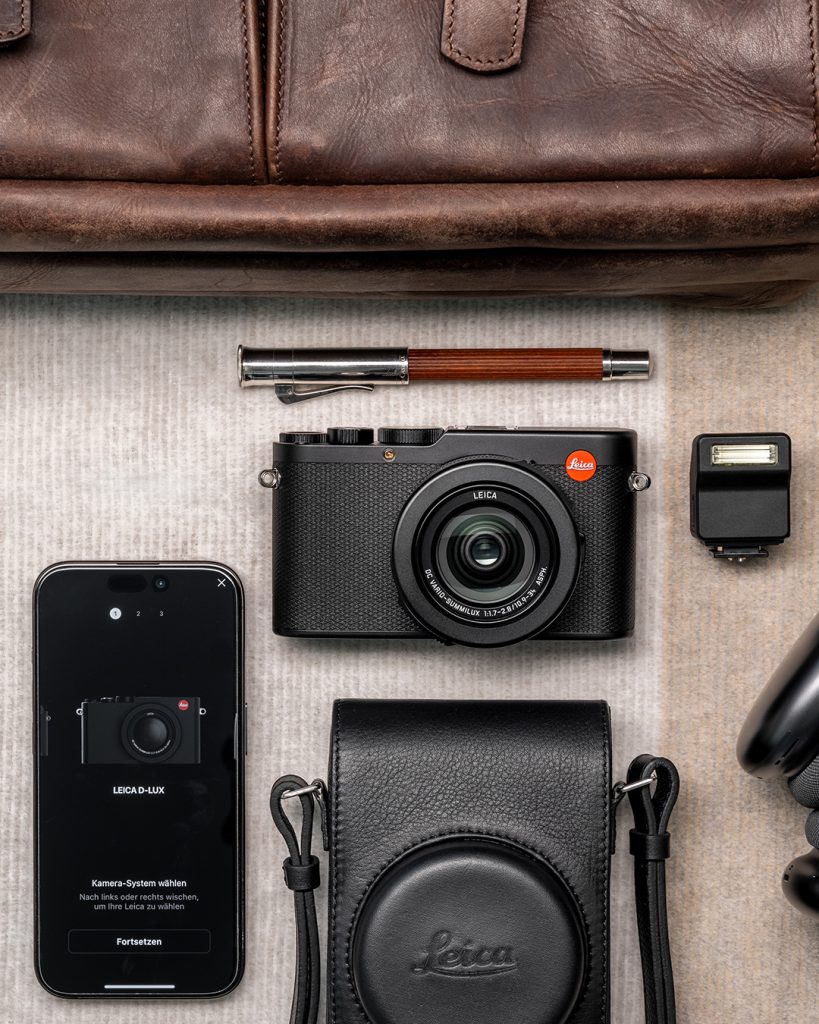
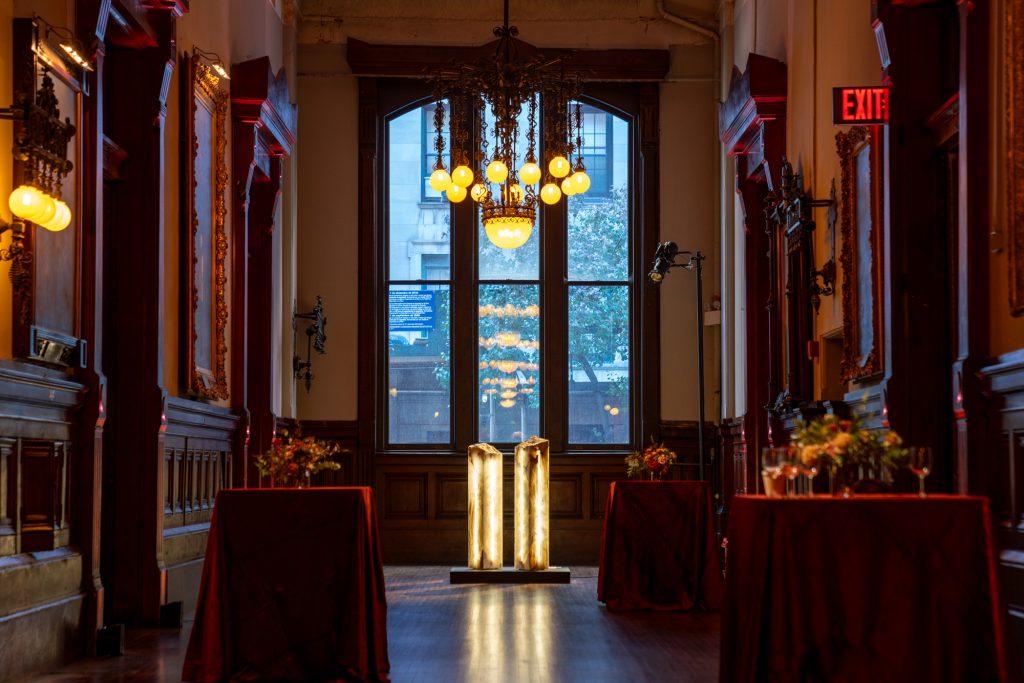


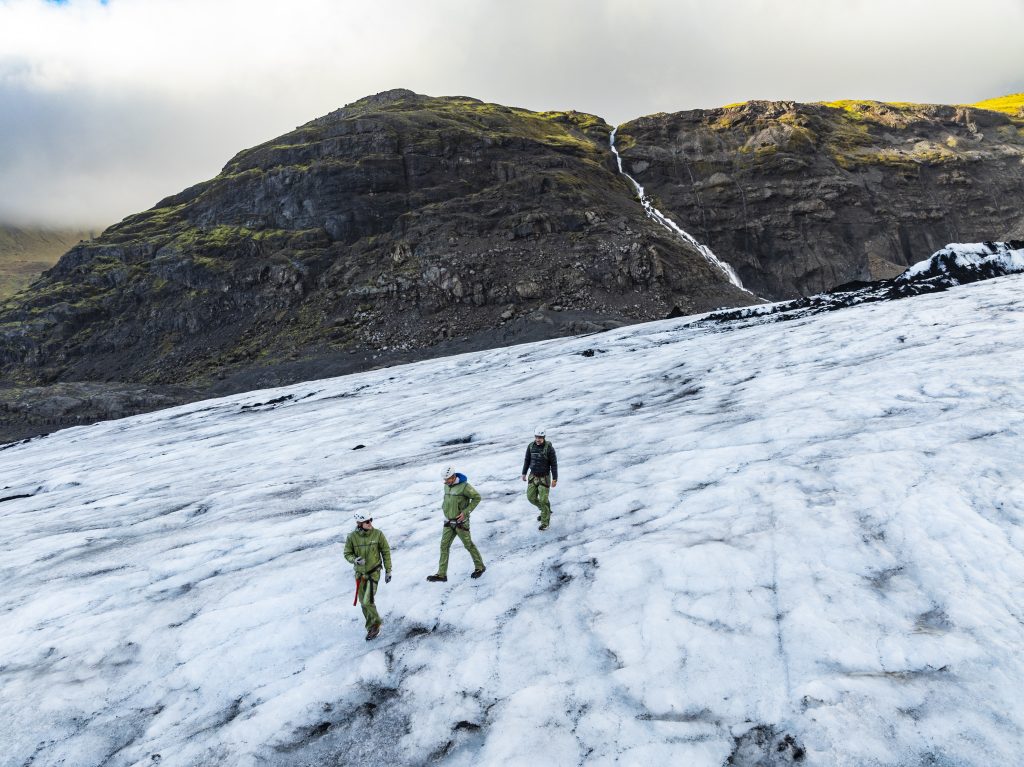

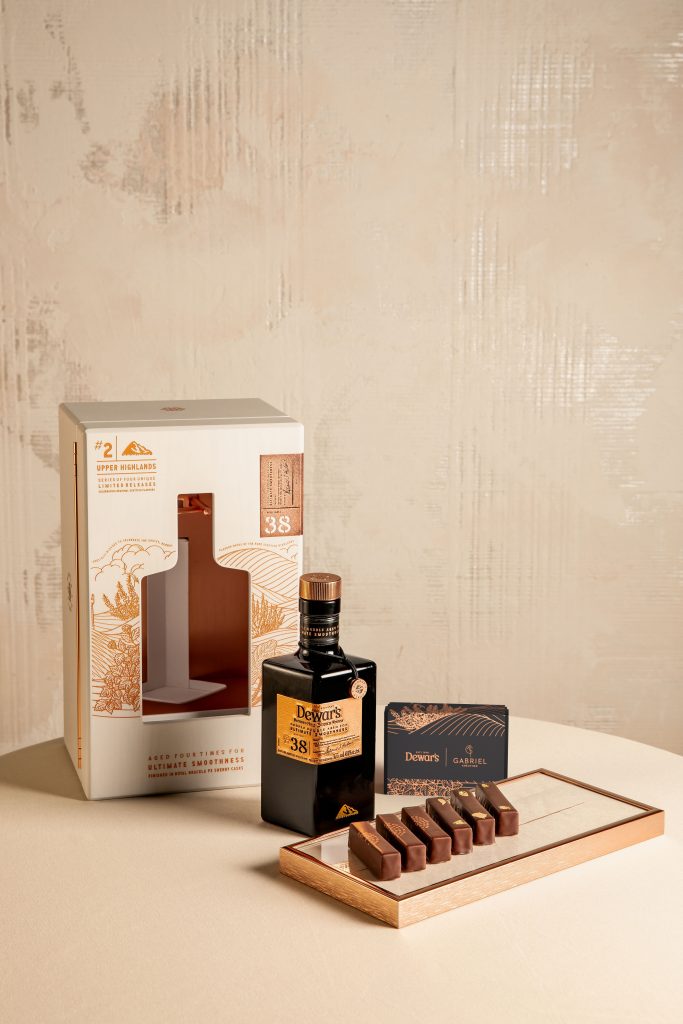
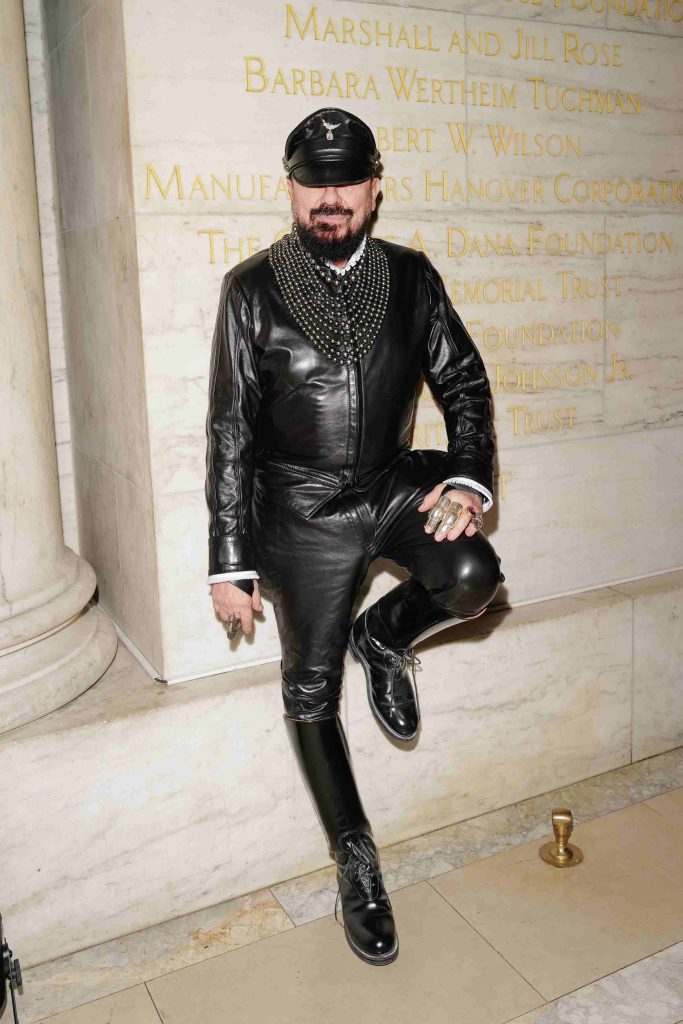


What are your thoughts?